5 Senior Portrait Ideas and Posing Made Simple
Working
with High School Seniors is one of the highlights in my photography
business. This is such an exciting time in their lives—they are about to
embark on a new adventure, heading out into the world to begin
exploring who they are.
These portraits are a great opportunity to capture who they are at this very moment, both in personality and style. I LOVE working with these kids because they are excited and I LOVE working with the parents because I know their excitement (mixed with angst) too. I’ve been a Senior mom and it’s truly a time to be cherished and celebrated!!
Read more: 5 Senior Portraits Tips
Today I’m sharing my top 5 poses that I use at every Senior portrait session and I’ve added a bonus pose just for these readers.
These portraits are a great opportunity to capture who they are at this very moment, both in personality and style. I LOVE working with these kids because they are excited and I LOVE working with the parents because I know their excitement (mixed with angst) too. I’ve been a Senior mom and it’s truly a time to be cherished and celebrated!!
Read more: 5 Senior Portraits Tips
Today I’m sharing my top 5 poses that I use at every Senior portrait session and I’ve added a bonus pose just for these readers.
Senior Portrait Ideas for Posing:
- No.01SittingI typically start with a sitting pose. Sometimes Seniors are a little nervous when we get started. It’s our job to help them get comfortable. With standing poses, you can often see their early awkwardness so I get them to sit first. It’s an easy way to start helping them with posing techniques.

I often try to find steps or something for them to sit on. If that isn’t available, I look for texture like the grass or the door in these pics. Once I snap a few and show them the back of the camera, they sit a little taller and smile a little bigger because the confidence grows.
I always try to follow the rule of thumb “If it bends, bend it”. That goes for arms and legs especially. So get them to sit right away and you’ll be off to a great start!!

- No.02StandingOnce my clients begin feeling a little more confident, I move into standing poses. We do full on “POWER POSE”…think girl power, then move on to other poses.

We always do serious faces, smiling faces (I call these the “Grandma Shots” because no Grandma wants pics where they aren’t looking and smiling at the camera), and then I do the “Lean and Laugh”. Where I have them lean toward me and do a fake laugh…which feels super awkward and actually makes them do a real laugh. Works every time!! (Where are my Legally Blonde fans?!?!)
Also, if the girls are wearing a long skirt, have them twirl it a little. It’s creates beautiful movement.
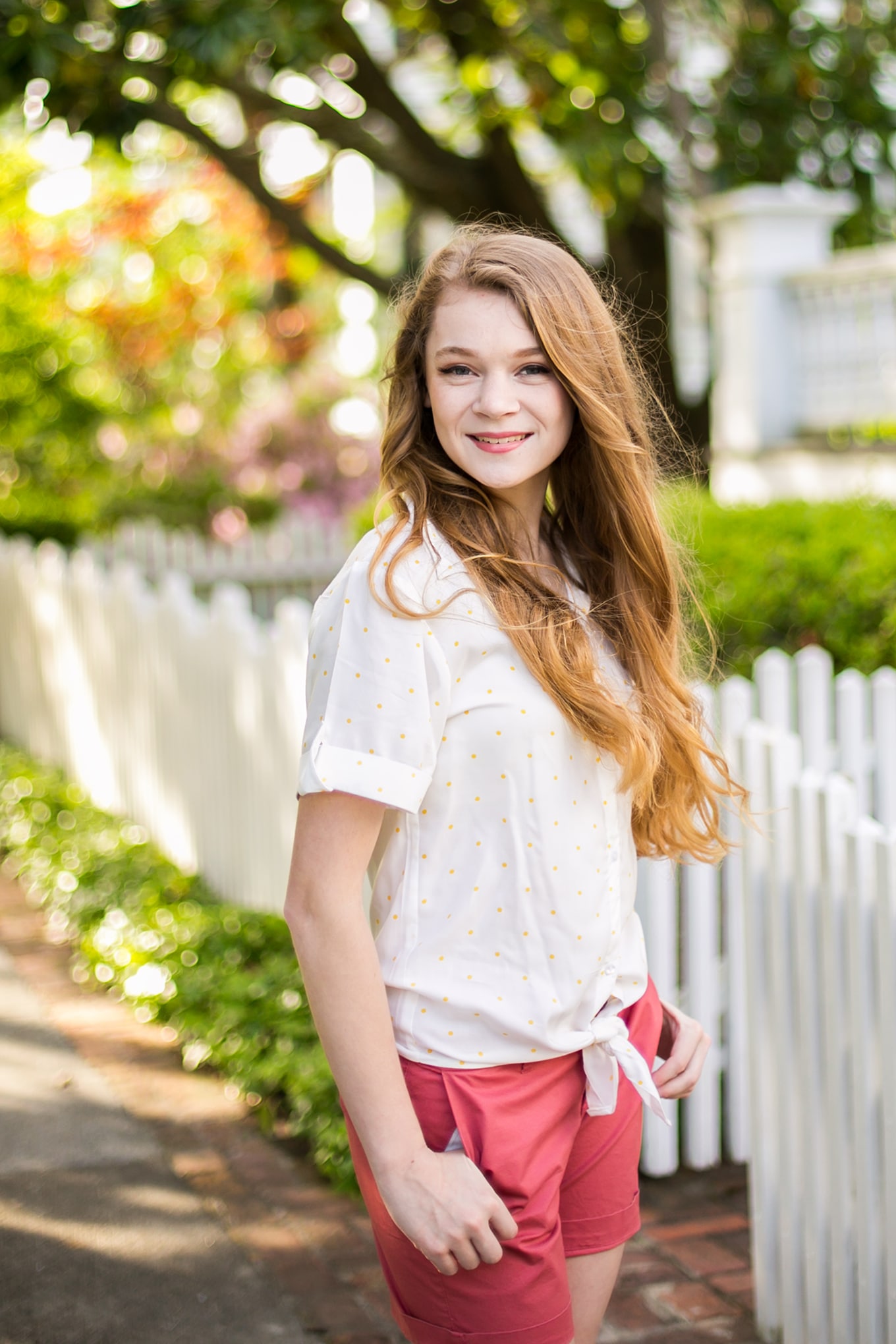
- No.03LeaningI LOVE this leaning pose because it helps to anchor the kiddos. It gives them something to do. It also makes them feel a little more comfortable, so you’ll get all kinds of killer looks. Everything for giggly and laughing, to those super serious eyes.
For guys, it’s such a natural pose and doesn’t make them feel awkward like just standing there may.
It can also be a great opportunity for capturing leading lines, depending on the background.
I use this pose a lot to capture those half body or 3/4 body shots. Very rarely do I shoot a full body look, but these are great for capturing more of the look.
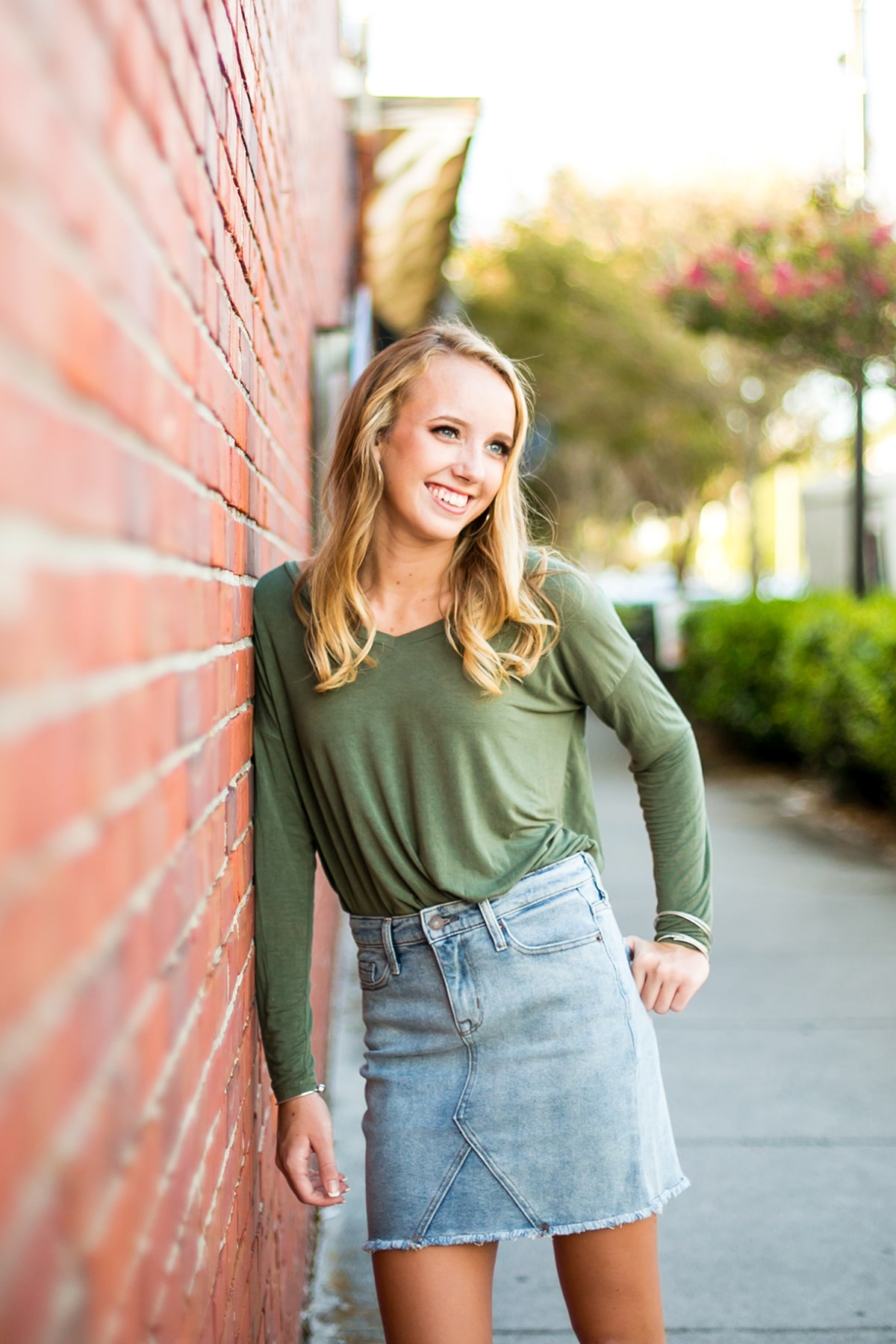
- No.04ActionSo these are my walking or action shots.
I LOVE to get them moving!!! If we’re on the beach, we’re usually running through the water. If we’re in sunflower fields, we’re jumping. If we’re on a boardwalk by the marina, we’re walking. If we’re on the football field, we’re passing the ball and jumping high for catches!!
Basically, just get involved in with them, make it fun, make them laugh, and you’ll capture true joy!!
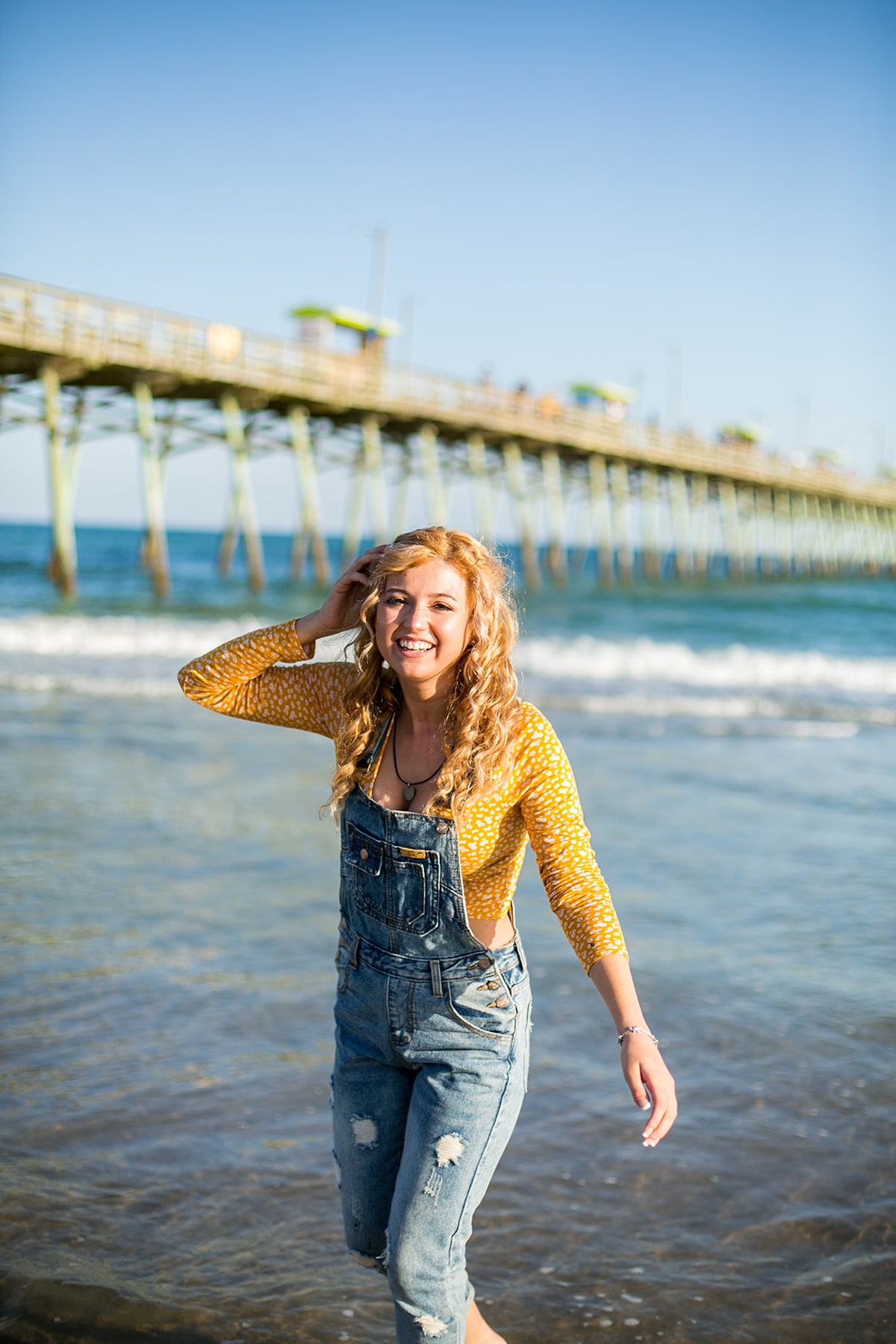
I’ll never forget when I was shooting this football shot… y’all, I was on laid out on the football field on my tummy in the wet grass shooting it over and over again until I caught just the right angle and catch. He probably did like 20 catches. I told him he didn’t know he was going to get a workout while doing his senior portraits!!!
One of the coaches happened to come out on the field to chat with Jared’s parents and myself and as he stood there watching us work…he said, “Ok DANG, I’m gonna have to get your name and number because I have a Senior daughter and she HAS to work with you!!! You are AMAZING!!!!!”
Needless to say, they called that night and I did her session a few weeks later. You never know where your experiences will lead you, but trust the process, always deliver, and you’ll see amazing growth!
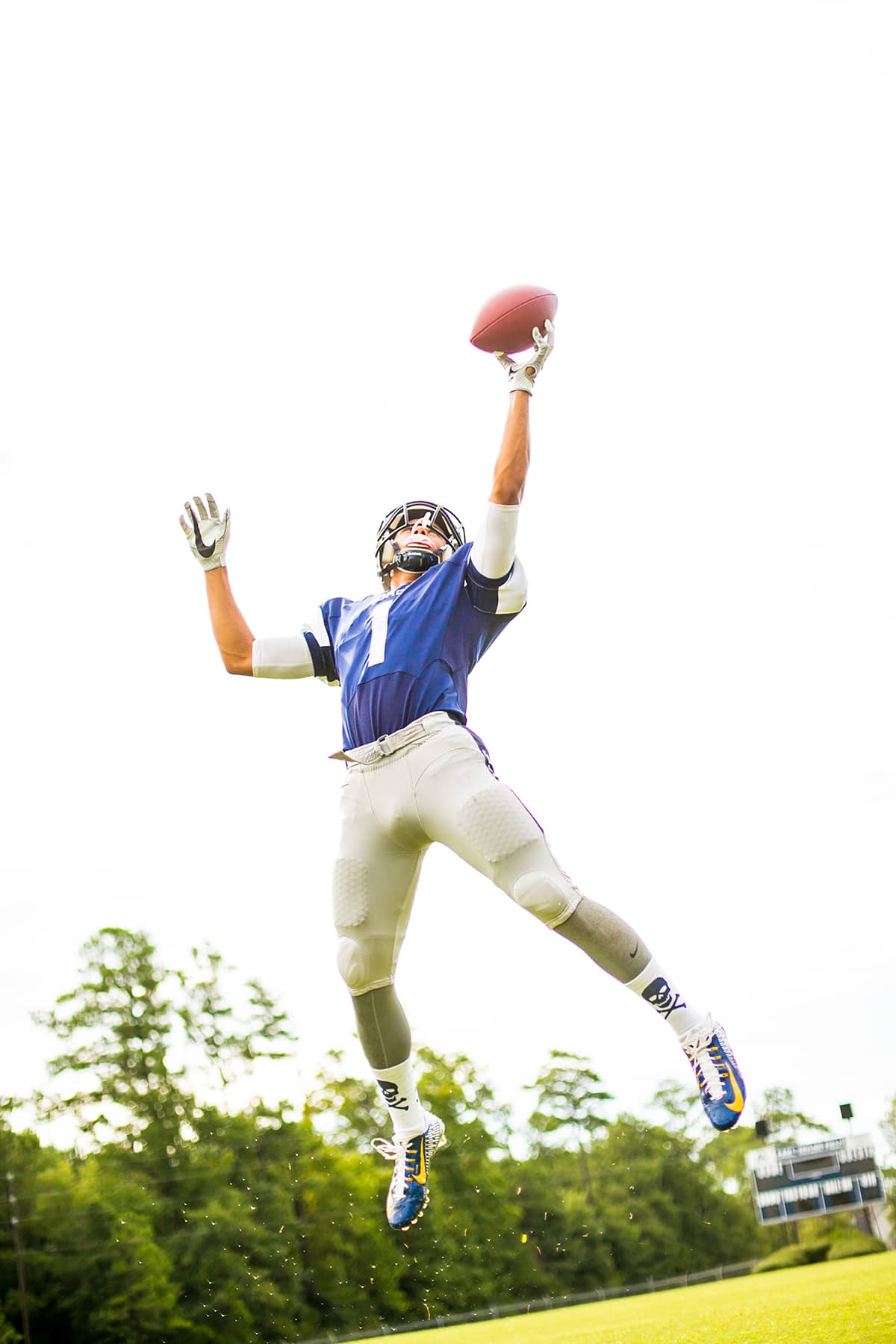
- No.05ShoulderFor our last pose, let’s talk about the power of the shoulder!
I use these “over the shoulder” looks all the time! They are a GREAT way to capture those swooning eyes and eyelashes!! It helps their posture and is a great way for their attitude and “power” to come through. I usually have them serious first and then have them “lean and laugh” towards me. These make for great up close shots too.
Have them face away from you and then have them come back over their shoulders. I usually have them drop their eyes, then lift just their eyes to me and then give me a good laugh. You’ve just created THREE totally different looks and vibes from literally ONE pose. Think of that posing work flow and how simple it can really be!!!
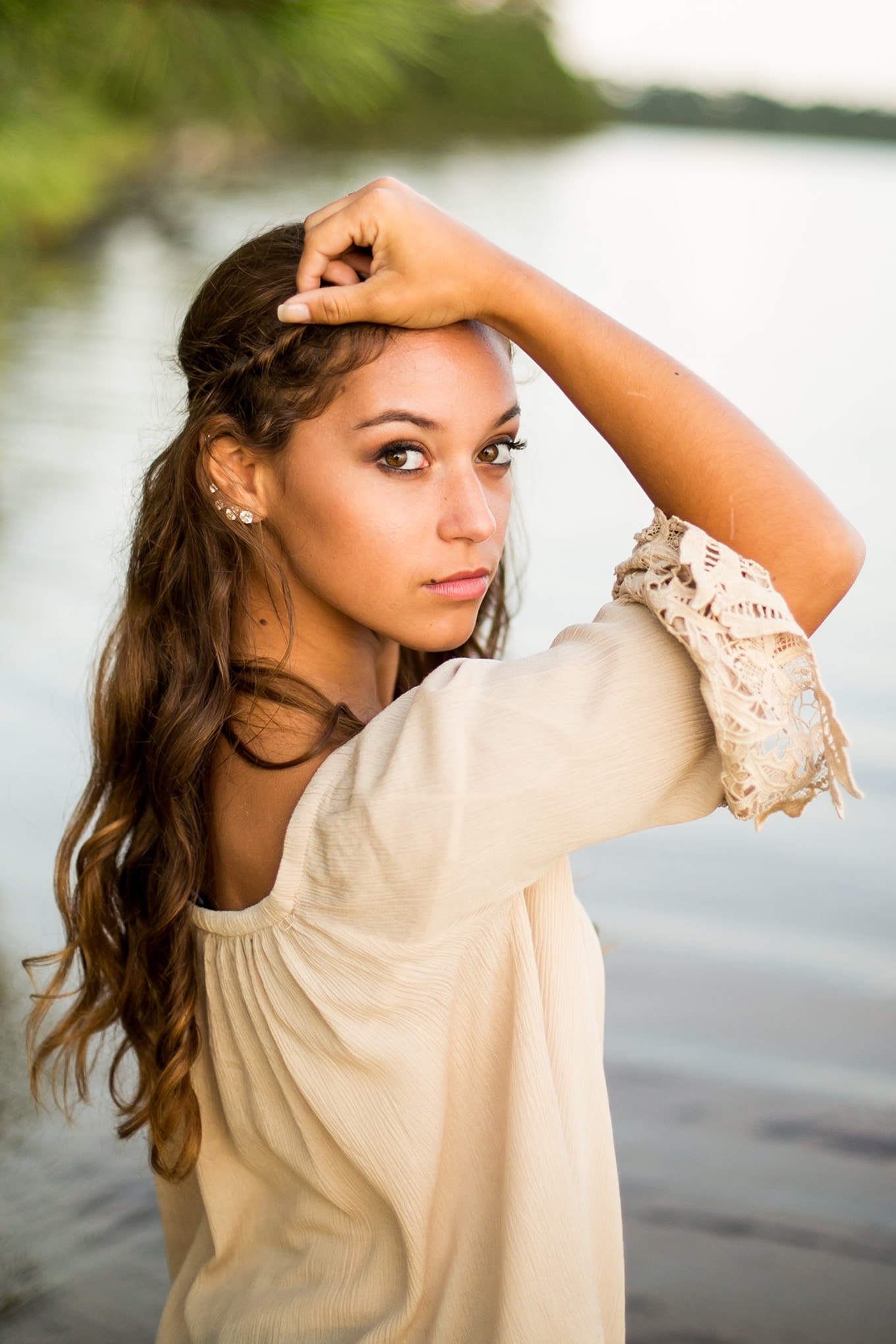
Bonus Tips
Groups – My best tip for working with groups is to have them all interact or touch in some way. That way they all feel connected and cohesive. I have done a few poses where it was very editorial feeling and I had them all “power posed” and separated, but that’s a rare pose I use.I love it when they are all laughing and looking like they are having fun!!! A few fake “everyone look at each and laugh” directions usually makes them all break into genuine laughs because it feels silly at first!!!

As for incorporating pets, I get this request a lot. And I LOVE for them to bring their animals to their session. We usually start with the pet, do those shots, and then have the parent take them or we have the other parent bring the pet out right at the end. But it’s a great way to make their session special by making memories with their “best pet friends”!!
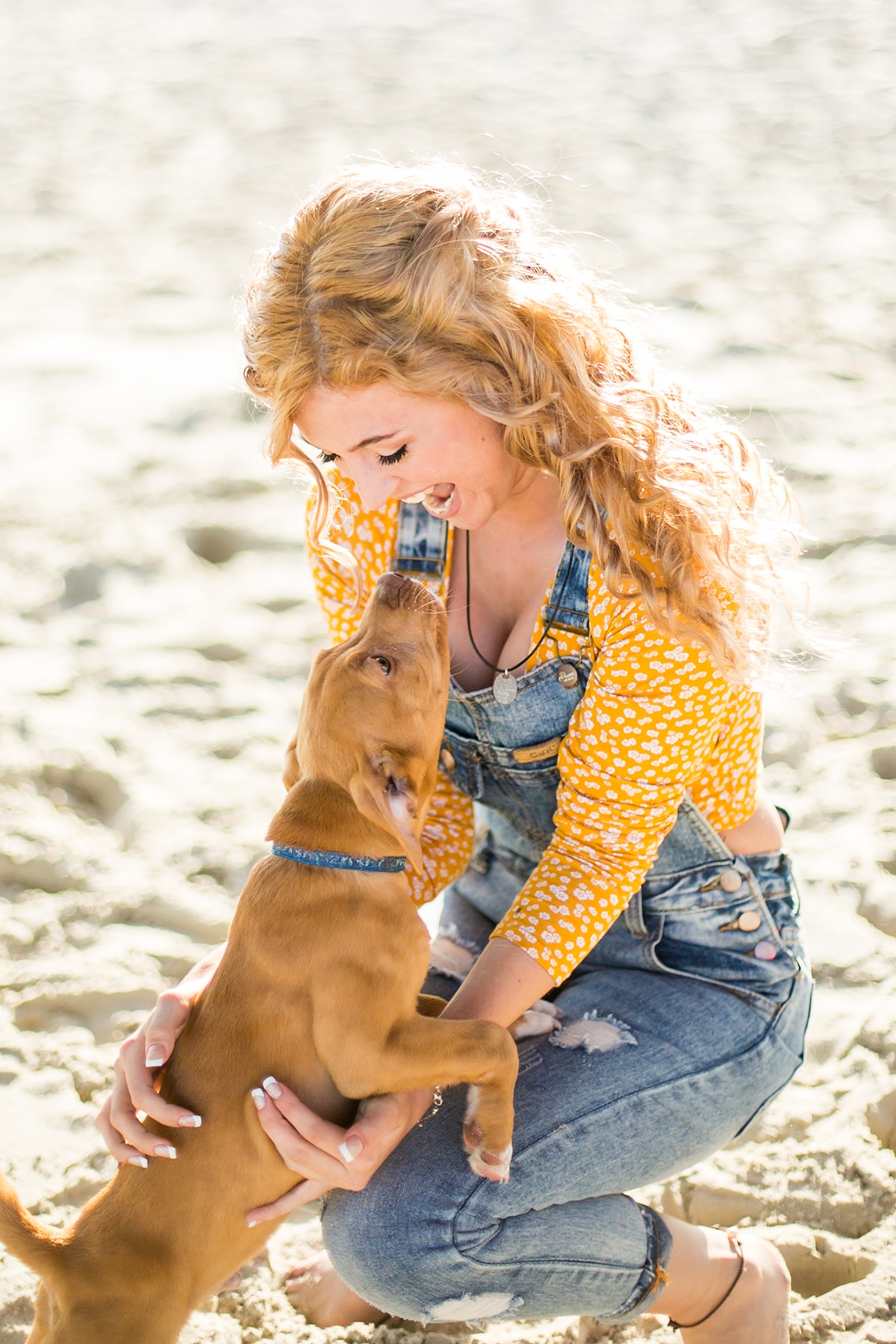
In closing, I try to be open minded to their requests and make it work as much as I can!!! They’ll thank you for that and sing your praises all day long!!
I hope some of these posing tips give you a few new ideas to use with your clients.
By Courtney Slazinik

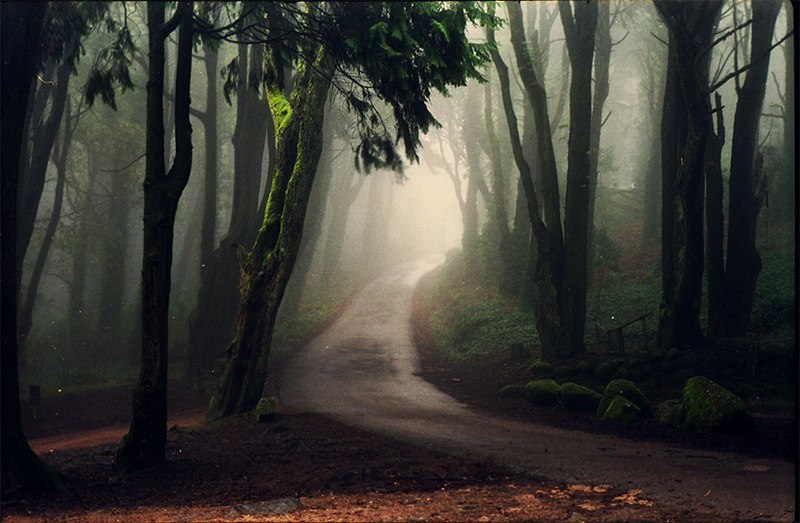
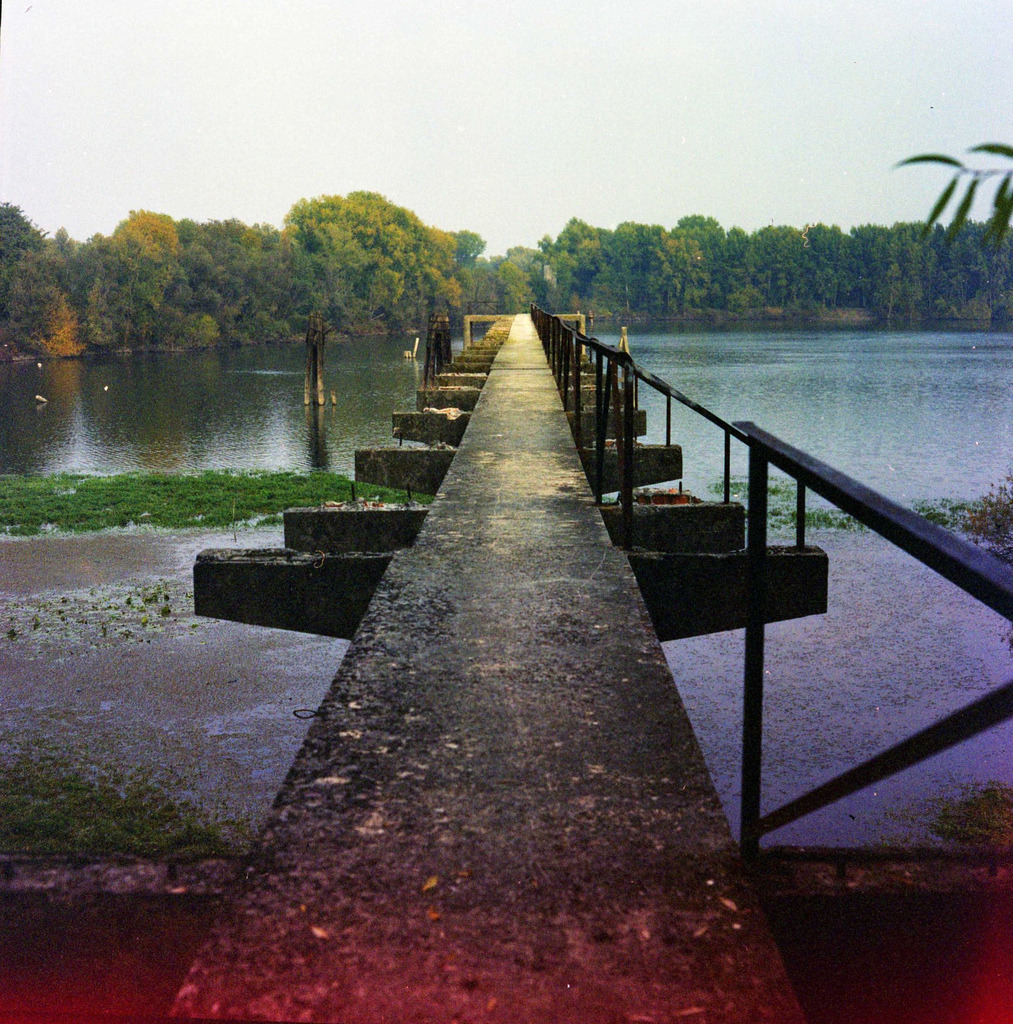
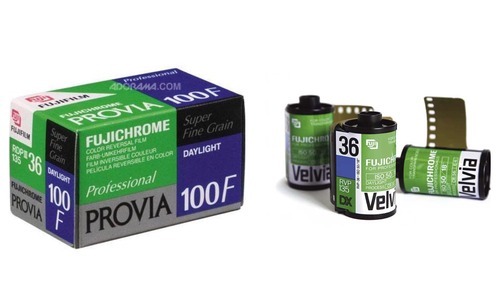
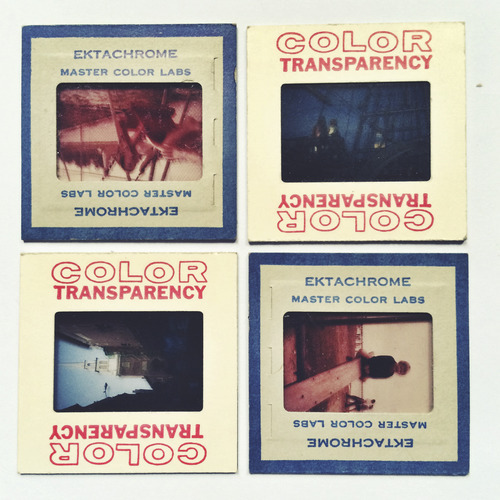
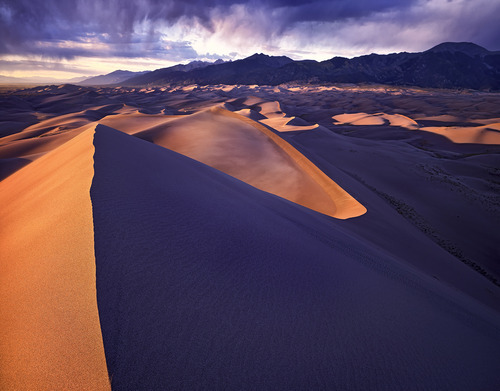
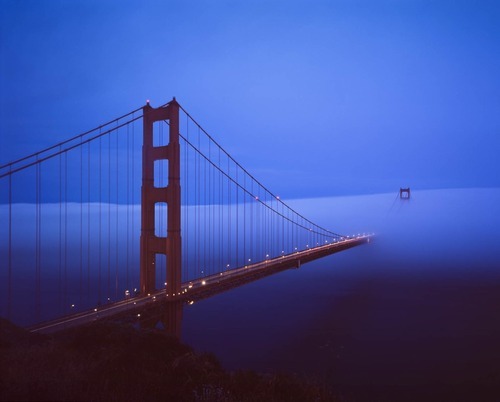
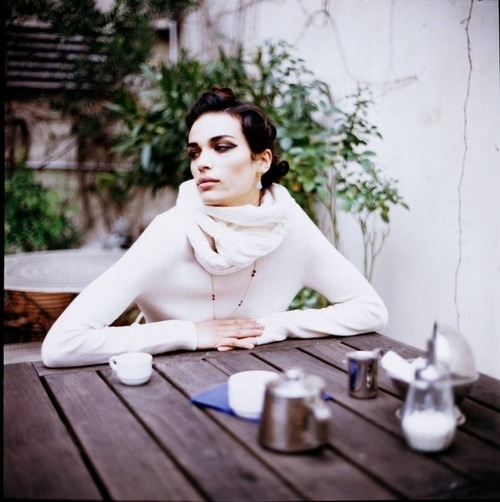
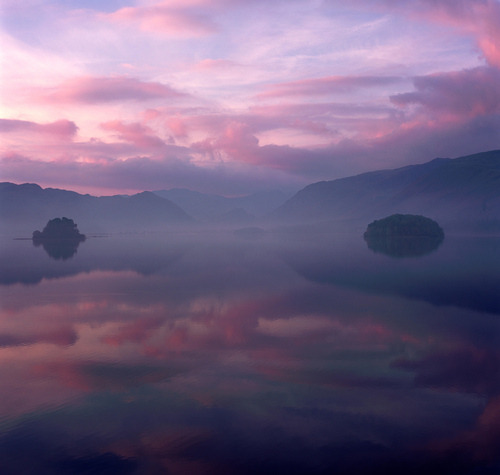




 One
of the fundamental skills that digital photography enthusiasts and
amateurs often lack is a trained eye (and mind) that sees a potential
composition at different levels. A major part of what makes a pro
successful is having this skill. What the enthusiast or amateur’s
eye/mind does first is to identify the objects, subjects and scenes he
or she sees through the viewfinder. Humans have needed this skill to
survive and thrive in both a prehistoric and contemporary world; and
digital photographers must certainly recognize what they’ve captured in
the frame.
One
of the fundamental skills that digital photography enthusiasts and
amateurs often lack is a trained eye (and mind) that sees a potential
composition at different levels. A major part of what makes a pro
successful is having this skill. What the enthusiast or amateur’s
eye/mind does first is to identify the objects, subjects and scenes he
or she sees through the viewfinder. Humans have needed this skill to
survive and thrive in both a prehistoric and contemporary world; and
digital photographers must certainly recognize what they’ve captured in
the frame.